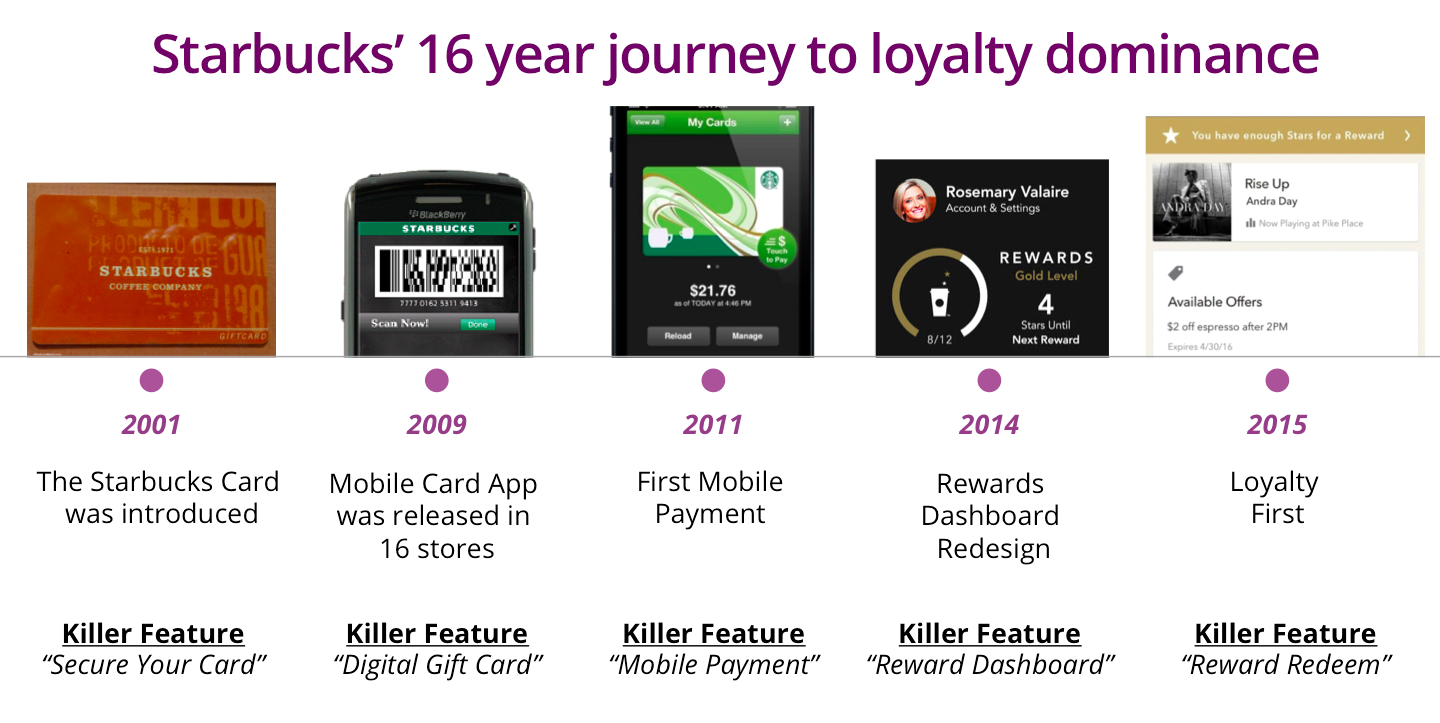
Who are the ready in retail?
Our own Holden Bale and Patti Purcell hosted panelists Megan Allison Wade, Senior Director of eCommerce Operations at Old Navy, Erik Lumer, SVP and Head of Product, Digital at Hudson’s Bay Company, and David Adams, Chief Innovation Officer at Ashford.com, to discuss the topic of Retail Readiness as part of our executive breakfast series.
What sets future-ready retailers apart? Here are the key thoughts from the day’s discussion.
1. Platform thinking
Holden and Patti opened the morning with a presentation on what it means to be a modern retailer. For a few savvy retailers, platform thinking is fueling growth amidst market turbulence. Platform businesses are characterized by two-sided marketplaces, not owning inventory and APIs that allow other businesses to plug-and-play or connect their business to co-create value. Delta Airlines and Farfetch are two examples. Delta’s mobile commerce platform is shared with partner airlines, unlocking a new revenue stream as a software provider. Similarly, Farfetch’s Black & White ecommerce platform is a white-labeled solution and powers ecomm luxury sites like DKNY.com and Manolo Blahnik around the world.
2. Data talent
The level of urgency to build data capability and have data scientists on staff has clocked over from ‘nice to have’ to ‘critical’. The panelists pointed out that data is at the heart of modern retail experiences and expectations. A considered data strategy is necessary if retailers hope to achieve anything meaningful with artificial intelligence, conversational commerce and personalization. Without one, attempts to harness these trends will be limited to tactical tools for PR. "Data is the basis of everything we want to do, from mastering size and fit to serving up the most personalized version of our site" Megan said. Another prominent theme - If your business is not considering how to weaponize data, then it’s going to be weaponized against you.
3. Evolution beyond two-speed IT
There was skepticism around the effectiveness of two-speed IT, in fact, some described it as insufficient and dangerous. Instead, the panelists discussed incremental modernization of systems. Holden built on this using the example of Starbucks’ 13-year journey to loyalty dominance. The image below shows how they built the functionality of their systems and gradually sped up over time. The initiative has been so successful that Starbucks now holds more cash on hand on its loyalty card than many banks.
4. Outcomes over outputs
What’s the best way to decide when and what retailers should spend money on? Prioritization and lean PMO was a hot topic of the day. Both the panelists and audience acknowledged that it’s a challenge to get prioritization right, with budgets often conceded to whoever yells the loudest. The list of possible technology investments is intimidatingly long, so it’s just as important to decide where not to invest time and money. Most advocated a value-based prioritization approach, where initiatives are selected based on outcomes over outputs. Speaking of the Gilt/HBC integration journey, Erik shared “Culturally, it’s a challenge to marry different ways of building technology. There’s a big heritage in traditional retail that focuses on perfection - big bang releases with lots of features. Now it’s time to do things faster, in smaller chunks and focus on the results.”
5. Incentive, behavior and penalty alignment
"If the incentive structures are not changed, people are not going to change” David explained, highlighting the importance of alignment. Just as important as the incentives are what behaviors get penalized. We heard loud and clear, you cannot expect people to try new things and experiment if the penalties for doing so are out of proportion.
6. Agile as a philosophy
Retailers often think of agile solely as a way to do things quicker. If they’re moving faster, they’re ‘agile’. But the panelists noted that true agile requires a philosophical shift - it’s not just about speed. David quipped “we’re talking about top down change, what I find sometimes when people say agile, they really mean how can I meet my deadlines more efficiently as opposed to having a philosophical change”. Megan added that often organizational structures and politics can be an inhibitor to proper agile adoption, however all agreed done right agile reduces risk, increasing quality and ultimately, software that better balances user and business needs.
The common thread? Leading retailers bring technology to the core of their business. It is not a distant department where requests go to flounder, only to be delivered a year or two later. In fact, many leaders don’t have IT departments. Instead, teams focus on delivering outcomes in cross-functional teams that span marketing, design, finance and more.
Disclaimer: The statements and opinions expressed in this article are those of the author(s) and do not necessarily reflect the positions of Thoughtworks.

















